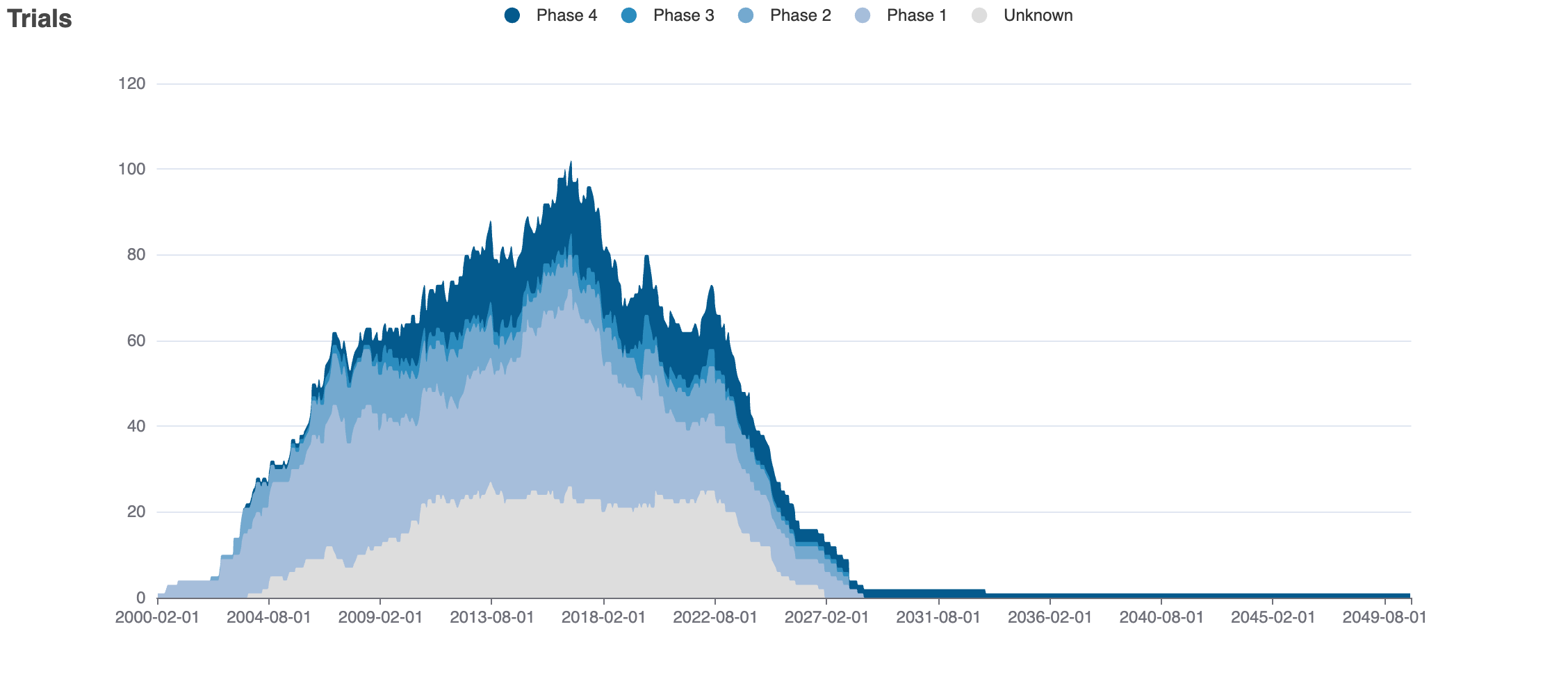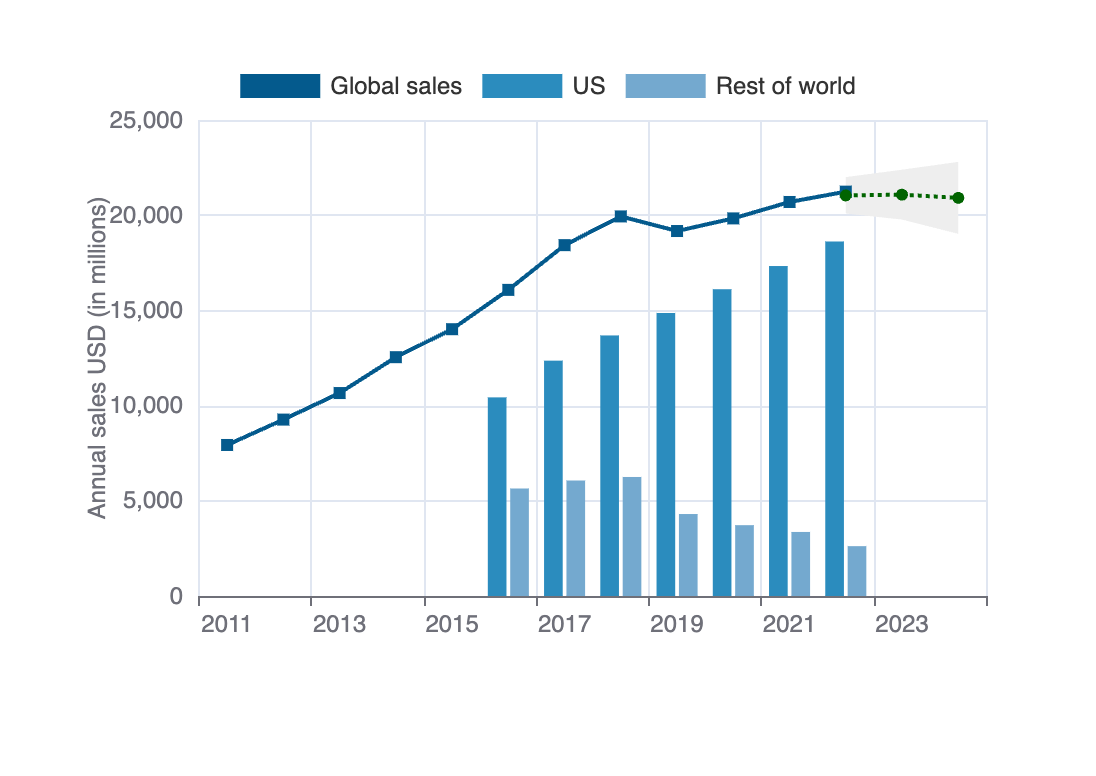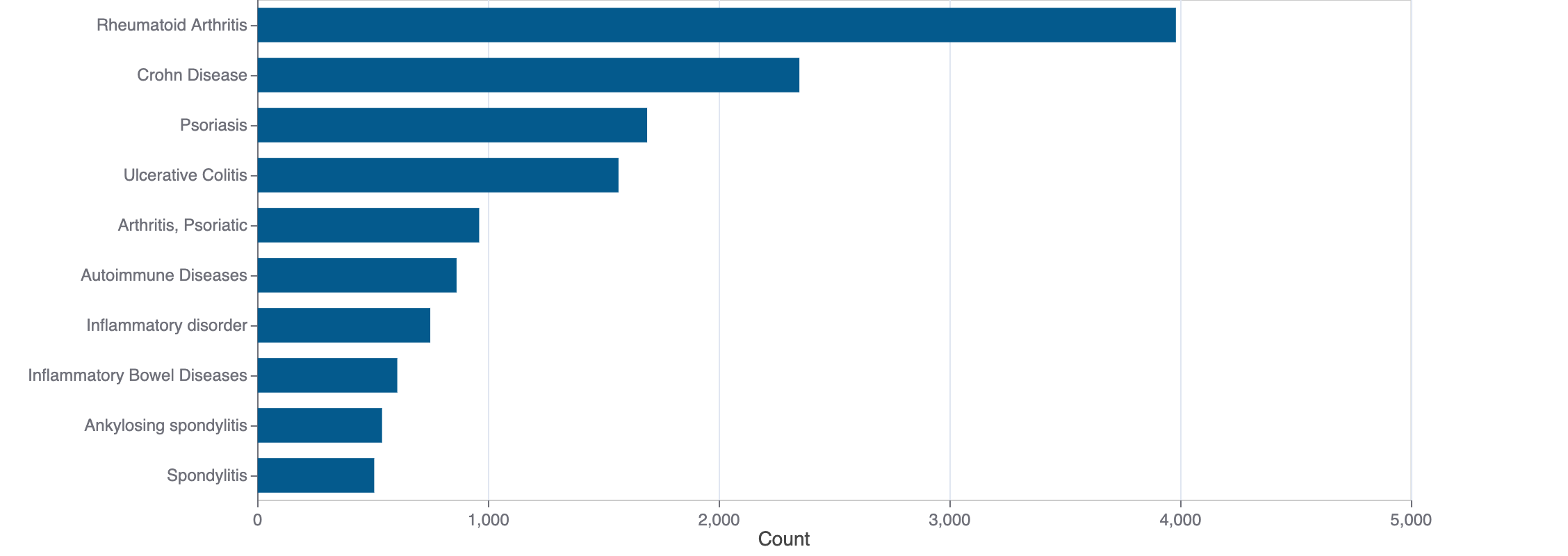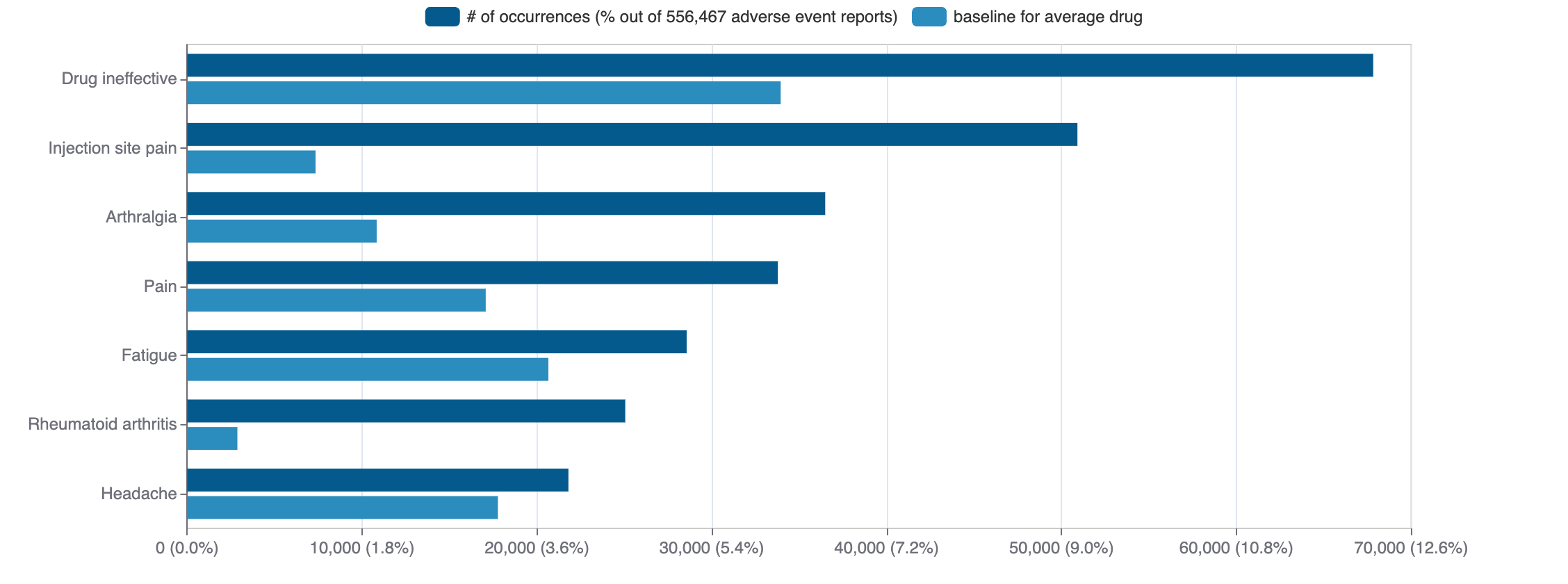Takhzyro(lanadelumab)
Takhzyro (lanadelumab) is an antibody pharmaceutical. Lanadelumab was first approved as Takhzyro on 2018-08-23. It has been approved in Europe to treat hereditary angioedemas. The pharmaceutical is active against plasma kallikrein.
Download report
Favorite
Events Timeline
Commercial
Clinical
Drug
Target
Variants
Financial
Trends
Safety
Events Timeline
5D
1M
3M
6M
YTD
1Y
2Y
5Y
Max
Events
FDA approval date
EMA approval date
Patent expiration date
Study first post date
Last update post date
Start date
Primary completion date
Completion date
Results first post date

Mock data
Subscribe for the real data
Subscribe for the real data
Commercial
Trade Name
FDA
EMA
Takhzyro
Drug Products
FDA
EMA
Labels
FDA
EMA
Brand Name | Status | Last Update |
|---|---|---|
| takhzyro | Biologic Licensing Application | 2025-02-28 |
Indications
FDA
EMA
No data
Agency Specific
FDA
EMA
Expiration | Code | ||
|---|---|---|---|
lanadelumab, Takhzyro, Takeda Pharmaceuticals U.S.A., Inc. | |||
| 2030-02-03 | Orphan excl. | ||
Patent Expiration
No data
HCPCS
Code | Description |
|---|---|
| J0593 | Injection, lanadelumab-flyo, 1 mg (code may be used for medicare when drug administered under direct supervision of a physician, not for use when drug is self-administered) |
Clinical
Clinical Trials
32 clinical trials
View more details

Mock data
Subscribe for the real data
Subscribe for the real data
Indications Phases 4
No data
Indications Phases 3
Indication | MeSH | Ontology | ICD-10 | Ph 1 | Ph 2 | Ph 3 | Ph 4 | Other | Total |
|---|---|---|---|---|---|---|---|---|---|
| Hereditary angioedemas | D054179 | EFO_0004131 | — | — | — | 3 | — | 8 | 11 |
| Angioedema | D000799 | EFO_0005532 | T78.3 | — | — | 3 | — | 5 | 8 |
Indications Phases 2
Indication | MeSH | Ontology | ICD-10 | Ph 1 | Ph 2 | Ph 3 | Ph 4 | Other | Total |
|---|---|---|---|---|---|---|---|---|---|
| Covid-19 | D000086382 | — | U07.1 | 1 | 1 | — | — | — | 1 |
Indications Phases 1
Indication | MeSH | Ontology | ICD-10 | Ph 1 | Ph 2 | Ph 3 | Ph 4 | Other | Total |
|---|---|---|---|---|---|---|---|---|---|
| Healthy volunteers/patients | — | — | — | 1 | — | — | — | — | 1 |
Indications Without Phase
No data
Epidemiology
Epidemiological information for investigational and approved indications
View more details
Drug
General
| Drug common name | Lanadelumab |
| INN | lanadelumab |
| Description | Lanadelumab, sold under the brand name Takhzyro, is a human monoclonal antibody (class IgG1 kappa) that targets plasma kallikrein (pKal) in order to promote prevention of angioedema in people with hereditary angioedema. Lanadelumab, was approved in the United States as the first monoclonal antibody indicated for prophylactic treatment to prevent hereditary angioedema attacks. Lanadelumab is the first treatment for hereditary angioedema prevention made by using cells within a lab, not human plasma.
|
| Classification | Antibody |
| Drug class | monoclonal antibodies |
| Image (chem structure or protein) |  |
| Structure (InChI/SMILES or Protein Sequence) | — |
Identifiers
| PDB | — |
| CAS-ID | — |
| RxCUI | — |
| ChEMBL ID | CHEMBL3545189 |
| ChEBI ID | — |
| PubChem CID | — |
| DrugBank | DB14597 |
| UNII ID | 2372V1TKXK (ChemIDplus, GSRS) |
Target
Agency Approved
Alternate
No data
Variants
No data
Financial
Revenue by drug
$
€
£
₣
Takhzyro – Takeda


Mock data
Subscribe for the real data
Subscribe for the real data

Mock data
Subscribe for the real data
Subscribe for the real data
Tabular view
Estimated US medical usage
No data
Trends
PubMed Central
Top Terms for Disease or Syndrome:

Mock data
Subscribe for the real data
Subscribe for the real data
Additional graphs summarizing 490 documents
View more details
Safety
Black-box Warning
No Black-box warning
Adverse Events
Top Adverse Reactions

Mock data
Subscribe for the real data
Subscribe for the real data
5,013 adverse events reported
View more details
© 2020-2025 Collaborative Drug Discovery Inc. (CDD) | Terms of Use